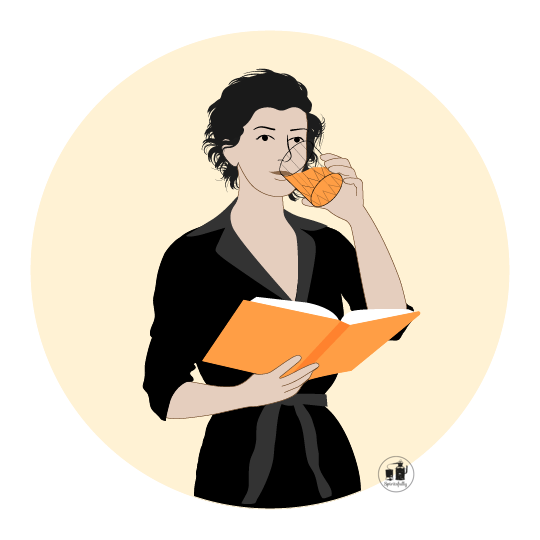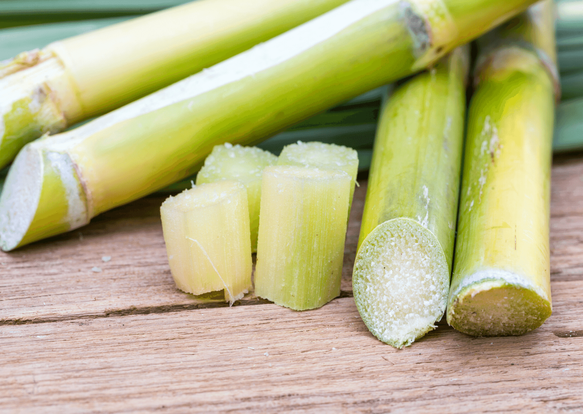
All you need
to know
about cachaça
in a nutshell
Cachaça is a fermented and distilled from fresh cane juice spirit…from Brazil.
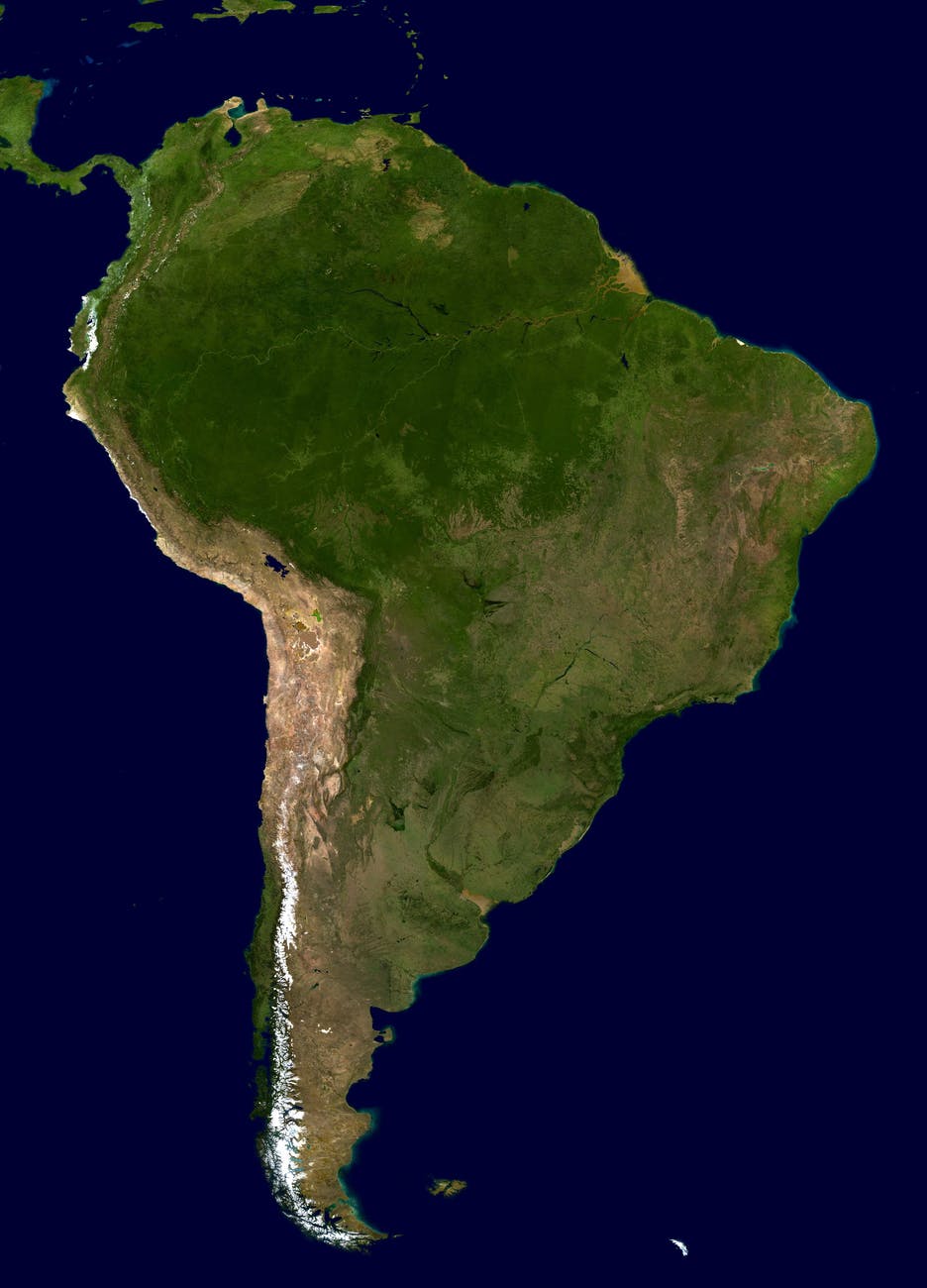
The regulations around cachaça
The word “cachaça” is protected by Brazilian legislation and its production is strictly limited to Brazil.
There is one IG in Brazil: Controlled Origin Salinas Region – IG with the following rules:
• The producing units must be located within the delimited area of “Salinas Region – IG”;
• Only sugarcane produced within the delimited area can be used in the production process of the cachaça;
• All cachaças identified with the origin seal of “Salinas Region – IG” must be produced, elaborated, aged and bottled within the delimited geographical area;
• The products from the “Salinas Region – IG” must cater to the identity and quality standards that follow the Brazilian legislation regarding the cachaça production;
• The cachaça identified with the origin seal of “Salinas Region – IG” can only be commercialized if produced under the imposed criteria of the Usage Regulation.
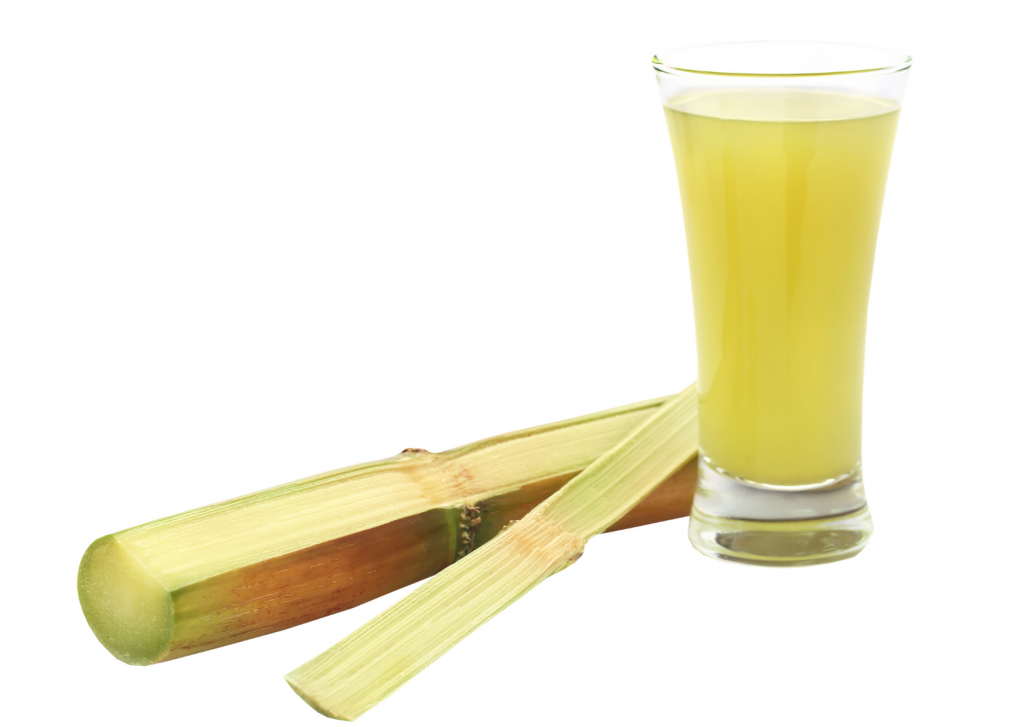
Otherwise the production of cachaca is not as controlled (in terms of fabrication process) as for that IG. For example the addition of corn or corn syrup is permitted in the fermentation process.
Since 2013 there are actually changes. The US trade bureau recognizes cachaca as being a type of rum from Brazil. In doing so and permitting the sale of cachaca, cachaca producers had to compell with the rum regulation: no addition of corn or else is permitted anymore, and it must be bottled at a 40% abv. strength.
The geography of cachaça
Rum can be mCachaça is the typical spirit from Brazil. The region of Minas Gerais in Brazil is well know for producing artisanal cachaça.
The history of cachaça
Fernão de Noronha started the first sugar cane plantation in Brazil in 1504. The construction of the first sugar cane mill dates back to 1516 on the island of Itamaracá. Archaeological research conducted in parallel by the Federal University of Bahia, uncovered the ruins of a sugar cane mill dating from 1520 in the vicinity of Porto Seguro.
Although there is no precise record of the location of the first cachaça distillation, it can be located on Brazil’s easternmost coastline between 1516 and 1532.
How is cachaça made?
The fermentation of sugarcane
There is enough sugar content in the juice to not need extra step of conversion.
As said above, corn can be used to start fermentation (hence not considered as rum for EU rules, only the cachaca made with pure fermented cane juice is imported as such).
The distillation of sugarcane
Cachaca is distilled in copper pots in small batches for the premium categories, which as an impact on the style: cachaca often presents the same grassy note than rhum agricole when done with pot stills.
Large manufacturers of cachaça use tall column stills of stainless steel to produce vast volumes of spirit in a continuous process though.
Unlike agricultural rum, which is distilled at 65-75° and aged in oak barrels then brought back to the desired degrees by adding spring water, cachaça can be distilled as low as 38% abv.
The styles of cachaca
Sugar can be added to soften the spirit (6gr /liter is permitted).
There are two styles of quality:
-industrial
-artisanal
And within those styles, two types of ageing:
-There are white or unaged styles of cachaça.
-There are dark or aged cachaça. Cachaça can be aged in barrels for a minimum of one year (most often 3). Maturing in wood helps cachaca to develop special aroma components and softens the finish. The particularity of cachaça is that it can be aged in barrels other than oak such as umburana, jequitibá, ipê, tapinhoã, balsam and other woods from Brazil. Woods that give cachaça its characteristic colours and aromas.
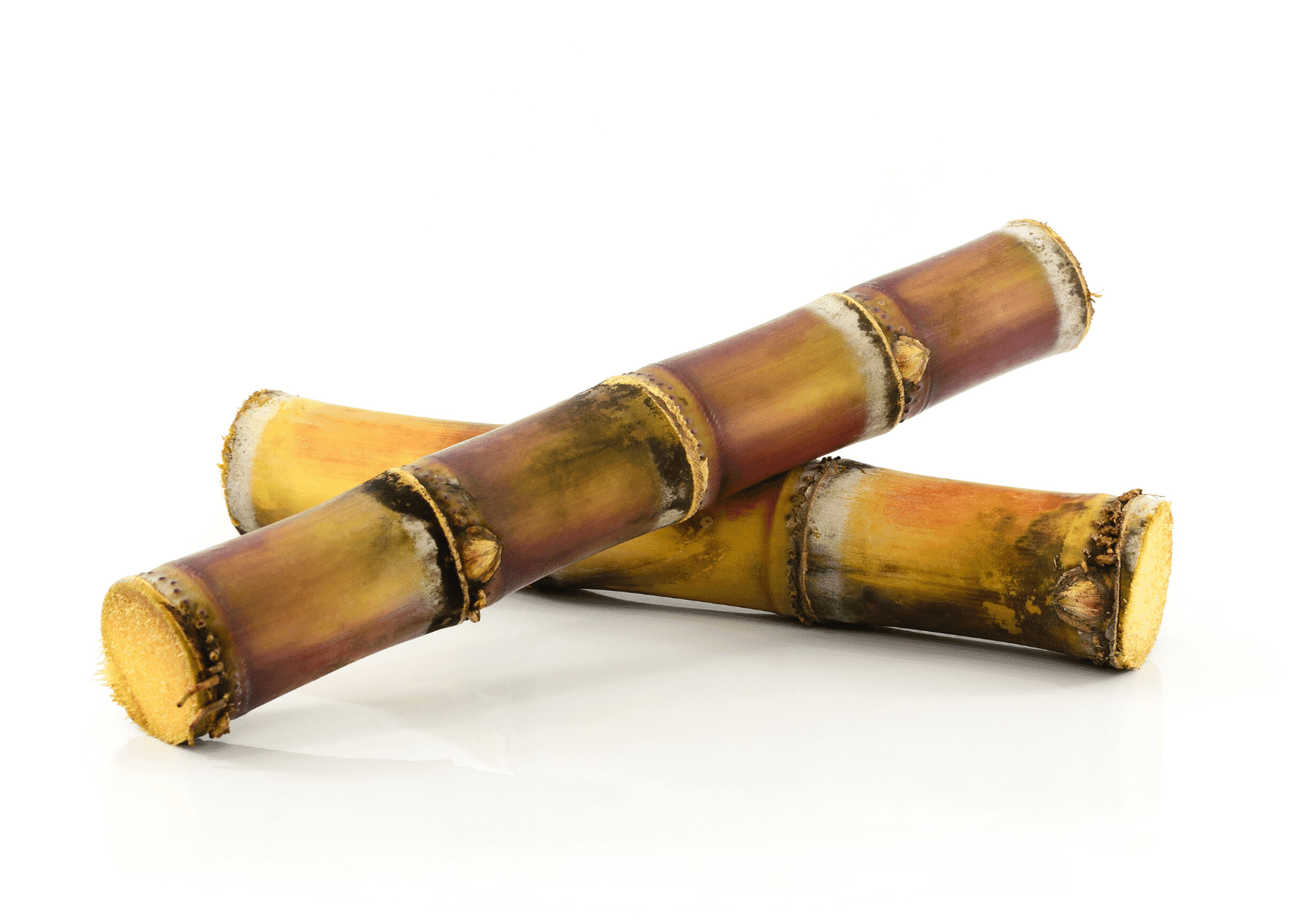
RESOURCES/SOURCES
The world is not missing panoramic books about rum! The literature is gigantic.
I’ve been using information from the EU, as well as the Certified Specialist of Spirits Workbook by the Society of Wine Educators, as well as The Art of Distilling Whiskey and Other Spirits (2009) Bill Owens, Alan Dikty and Wikipedia.
I’ve been lucky to have Pascal Kählin renown Rum expert and also behind the wonderful JB Labat in Zürich to have a look at the text. Thanks to him some terrible mistakes have been corrected. Should you find others, first, I’d love hearing from you and second they are just mine.
A propos, Pascal Kählin just published a new book that is available in English, German and French. Here are the references: Rhum Ron Rum by Pascal Kählin more info here.
I’ve also been using those articles:
In Tasting.com (for the styles of rum)
In The Spruce Eats (for the molasses styles)
In Vinum Importing (for the history of the word rum)
